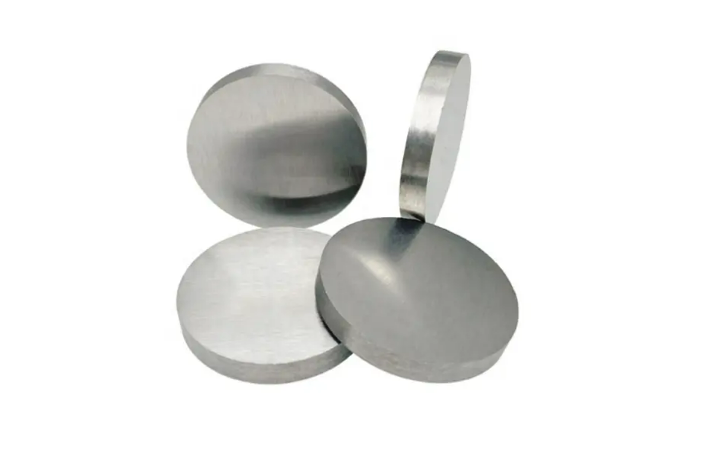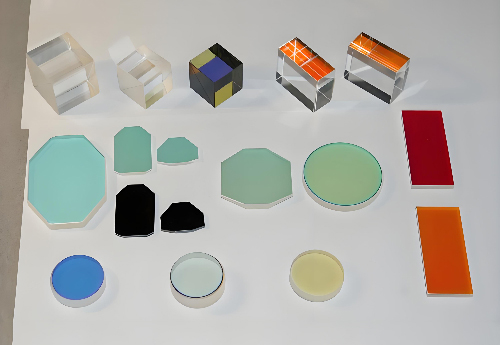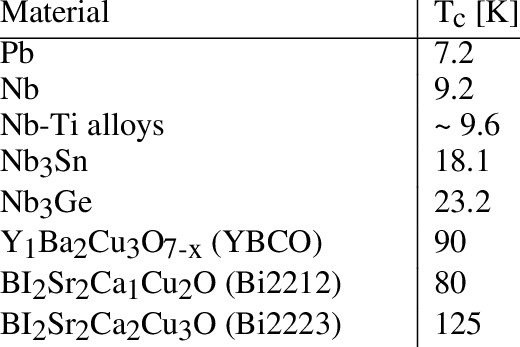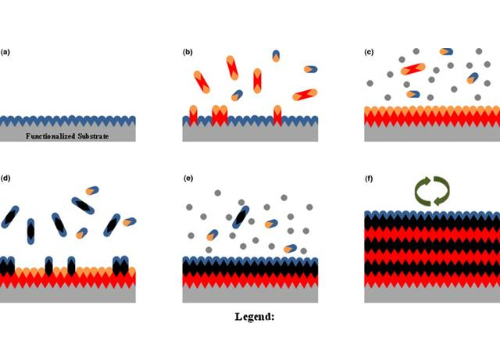What Are the Uses of Molybdenum in Coating Industry?
With the rapid development of the electronic information industry, the application of molybdenum as the sputtering target has been increasing linearly. The sputtering target is the foundation for obtaining thin-film materials. With the development of film science and the continuous improvement of thin film technology, the research of target material has also come a long way. The application fields of the sputtering target include the plane display, semiconductor, magnetic recording storage, optical recording storage, solar energy machinery, automobile, glass, decoration, and other industries.
Related Reading: Various Application Fields of Molybdenum Coating

Molybdenum target has many excellent properties among various kinds of target materials, which are widely used in the plane display industry, thin film solar cell industry, semiconductor industry, medical industry, mechanical processing industry, and solid lubrication.
Molybdenum Used for Thin-Film Coating
In recent years, the LCD (Liquid Crystal Display), PDP (Plasma Display Device), and other planar display electrodes and wiring materials molybdenum alloy targets have attracted more and more attention. In TFT-LCD, the gate electrode is a key component, which was mainly used as the gate electrode material with Cr/AL. With the large scale and high precision of flat display, the demand for the specific impedance of the material is higher than that of previous. Besides, the specific impedance and membrane stress of chromium is only one-half of molybdenum, and it is harmful to the environment and health due to the production of hexavalent Cr during etching. As a result, more and more companies are switching to Mo/AL as grid electrode materials, so the demand for molybdenum targets is increasing.
Molybdenum targets can be used with other target materials in sputtering or other technological conditions, which are widely used in semiconductor wiring, medical treatment, mechanical processing, and solid lubrication.
Molybdenum Used for Spaying
Another important application of molybdenum in the coating industry is spraying. The surface spraying of molybdenum on the surface of the piston ring, bearing, extrusion equipment, engine block, and turbine components can improve the wear resistance.
Conclusion
Thank you for reading our article and we hope it can help you to have a better understanding of how molybdenum is used in the coating industry. If you want to learn more about molybdenum, we would like to advise you to visit Stanford Advanced Materials (SAM) for more information.
Stanford Advanced Materials (SAM) is a worldwide molybdenum supplier and has over two decades of experience in the manufacture and sale of molybdenum products, providing high-quality products to meet our customers' R&D and production needs. As such, we are confident that SAM will be your favorite molybdenum supplier and business partner.




